Complete Solutions to Exercise of chapter SYMMETRY AND PRACTICAL GEOMETRY of Class 6 book with complete answers and questions
| Class 6 | MATHS |
| Chapter | SYMMETRY AND PRACTICAL GEOMETRY |
| NCERT EXEMPLAR | Exercise |
| Number Of Questions | 29 |
| Academic Year | 2023-24 |
Is there any line of symmetry in the Fig? If yes, draw all the lines of symmetry
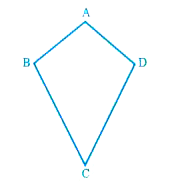
View SolutionPQRS is a rectangle. State the lines of symmetry of the rectangle.
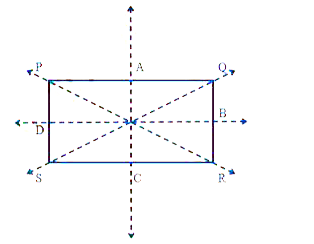
View SolutionWrite all the capital letters of the English alphabets which have more than one lines of symmetry.
View SolutionWrite the letters of the word ‘MATHEMATICS’ which have no line of symmetry.
View SolutionWrite the number of lines of symmetry in each letter of the word ‘SYMMETRY’.
View SolutionMatch the following:
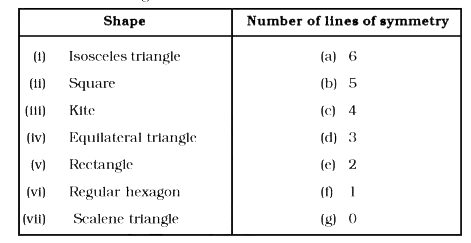
View SolutionOpen your geometry box. There are some drawing tools. Observe them and complete the following table:
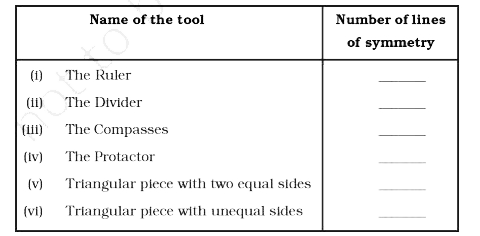
View SolutionDraw the images of points A and B in line l and name them as A′ and B′ respectively. Measure AB and A′ B′. Are they equal?
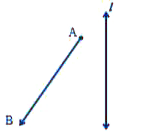
View SolutionThe point C is the image of point A in line l and line segment BC intersects the line l at P.

Is the image of P in line l the point P itself ?
View SolutionThe point C is the image of point A in line l and line segment BC intersects the line l at P.

Is PA = PC ?
View SolutionThe point C is the image of point A in line l and line segment BC intersects the line l at P.

Is PA + PB = PC + PB ?
View SolutionComplete the figure so that line I becomes the line of symmetry of the whole figure
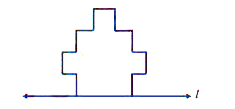
View SolutionDraw the images P' , Q' and R' of the point P, Q and R respectively in the line n (Fig . 9. 18). Join P' Q' and Q' R' to form an angle P' Q' R' Measure `angle PQR and angle P' Q' R'` . Are the two angles equal ?
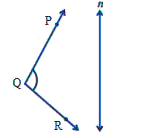
View SolutionComplete Figure by taking l as the line of symmetry of the whole figure.
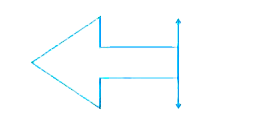
View SolutionDraw a line segment of length 7cm. Draw its perpendicular bisector, using ruler and compasses.
View SolutionDraw a line segment of length 6.5cm and divide it into four equal parts, using ruler and compasses.
View SolutionDraw an angle of `140^(@)` with the help of a protractor and bisect it using ruler and compasses.
View SolutionDraw an angle of `65^(@)` and draw an angle equal to this angle, using ruler and compasses.
View SolutionDraw an angle of `80^(@)` using a protractor and divide it into four equal parts, using ruler and compasses.Check your construction by measurement.
View SolutionDraw a perpendicular to l through P, using (i) set squares (ii) Protractor (iii) ruler and compasses. How many such perpendiculars are you able to draw?

View SolutionDraw a perpendicular from P to line m, using (i) set squares (ii) Protractor (iii) ruler and compasses. How many such perpendiculars are you able to draw?

View SolutionDraw a circle of radius 6cm using ruler and compasses. Draw one of its diameters. Draw the perpendicular bisector of this diameter. Does this perpendicular bisector contain another diameter of the circle?
View SolutionBisect `angle XYZ `
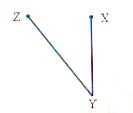
View SolutionDraw an angle of `60^(@)` using ruler and compasses and divide it into four equal parts. Measure each part.
View SolutionBisect a straight angle, using ruler and compasses. Measure each part.
View SolutionBisect a right angle, using ruler and compasses. Measure each part. Bisect each of these parts. What will be the measure of each of these parts?
View SolutionWhat is the measure of `angle DBC`?
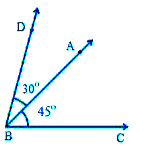
View SolutionDraw a line segment of length 6cm. Construct its perpendicular bisector. Measure the two parts of theline segment.
View SolutionDraw a line segment of length 10cm. Divide it into four equal parts. Measure each of these parts.
View Solution
Exercise questions and complete solutions for chapter SYMMETRY AND PRACTICAL GEOMETRY of NCERT EXEMPLAR of Class 6
All Exercises from NCERT EXEMPLAR Class 6 MATHS SYMMETRY AND PRACTICAL GEOMETRY
- Exercise
- Exercise (In questions 18 to 42, fill in the blanks to make the statements true.)
- Exercise (In questions 43 - 61, state whether the statements are true (T) or false (F).)
- Exercise (M.C.Q)
- Solved Examples
- Solved Examples ( true or false:)
- Solved Examples (In examples 3 to 5, fill in the blanks so that the statements are true:)
- Solved Examples (M.C.Q)